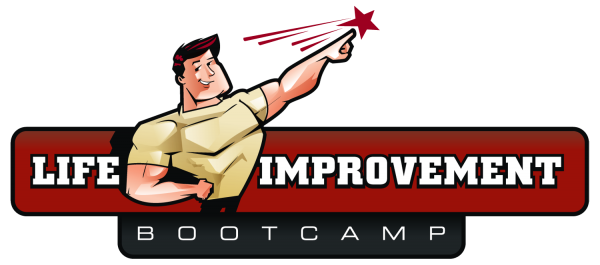Does it take a special breed of people to be innovative? Do they possess a specific skill?
Innovative thinking

innovate
A couple of years ago I was a guest speaker at a IT-security event to talk about using creativity to Innovate. Now, more than ever, I am convinced that there is a vast difference between a creative person or idea generator on one side and an innovator on the other side.
The difference lies in the latter’s ability to undertake what is called “kaleidoscopic thinking”. I am not referring to the Beatles song “Lucy in the sky with diamonds” but kaleidoscopic thinking is an actual term used to describe the ability to shake up your knowledge and perception to create something new. Indeed, similar to the toy you probably played with as a kid which was mesmerizing your view with every turn.
This topic came to my mind again when facilitating an off-side strategic retreat for one of my client’s company. How to apply this within a company and how to identify and stimulate the employee’s owning this ability and further develop it to come up with disruptive, innovative technology and market approaches.
Kaleidoscopic Thinking
Indeed, the first step towards creating a culture within the organization which is conducive to the fomenting of innovation is to identify employees who have the gift of kaleidoscopic thinking. I took an attempt on writing down a couple of “behaviors” or “traits” and their pitfalls, which could help you identify the innovator amongst your people:
- Curiosity is the basic component in innovation: This makes the person question the status quo, in helping him in seeking new approaches and explanations, devising new solutions and pursuing new possibilities. Not limiting themselves to the superficial aspect of things, they often probe delve, imagining novel alternatives and paradigms.
- Risk-taking and critical thinking. A curious and imaginative mentality alone, does not make an innovator. It is necessary to be able to embrace risk and to be able to recognize the real possibilities of failure. Experience with a number of our clients who are evaluating their leadership succession strength has revealed that many experienced managers, who have had to work their way up the ladder, become averse to risk with increasing stakes. So someone should manage/guard these types, keeping them in touch with reality.
- Resilience and Self-Control. It is necessary that an innovation driven culture clearly acknowledge and build its function around the fact that many attempted innovations shall meet with failure. Many managers simply can’t digest that, trying to negate any attendant risk and seeking a 95% guarantee that the proposed idea is actually going to hit off, this kills off rather than promotes innovation. Finding a balance between stimulating innovation and building in awareness on making something economical viable or overall valuable to the company is a full time tactical exercise.
- Interpersonal Skills. Great innovative projects often frizzle out due to the failure to coordinate and communicate around the idea. This happens when the organizational charge is in the hands of the best techies rather than the best leaders. These technically oriented managers suppose that the innovative idea will automatically generate interest and motivation, and when they do try and communicate they do not try to attune their language to the sensibilities of their audiences, leaving them mystified.
- Collaboration. Innovating requires collaboration and teamwork. This is not a project specific endeavor but a spontaneous and continuous aspect of the work ethic. Best innovation proceeds from collective brain storming and a coordinated approach. More and more you see companies develop specific tracks, incubators, to guide/stimulate innovation
- Dealing with Problems and Evolving Continually. A final key element is the ability to handle complexity and adapt accordingly without wasting undue time. It is imperative to be able to meet up to the constant shifts and dynamism of the markets and the challenge of competition. Innovation is incomplete if it doesn’t match up to and outpace the competition, and if contingencies throw projects off track.
Assessing the actual preparedness for change and the conduciveness to innovation in your organization are necessary before declaring your company to be innovation driven. For if you do not have the proper people and the right environment to implement your strategic plan, your innovative vision will remain a dream and could be life threatening for the company.
Have a conscious day!
Filip



Recent Comments